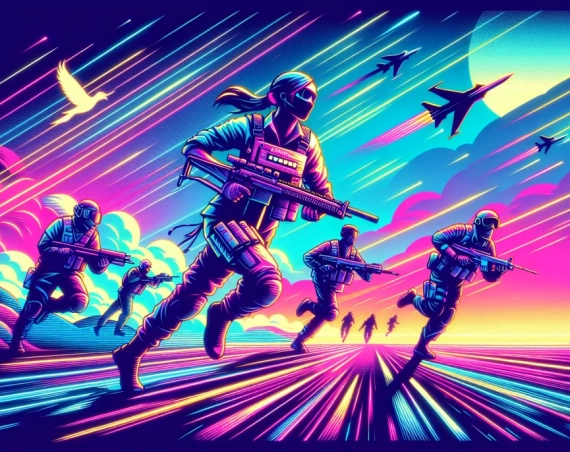How Peter Molyneux Saved the Iconic Fable II Dog Feature
Peter Molyneux, the lead developer of the beloved RPG Fable II, has shared the fascinating story behind the creation of one of the game’s most cherished elements: the dog companion. Despite initial setbacks and internal resistance, Molyneux’s determination ensured the dog became a defining feature that captured players’ hearts.
The Challenge of Innovating a Sequel
When planning the sequel to Fable, Molyneux faced a common stigma surrounding follow-up games. In an interview with Edge magazine, he recounted, “Back when I started out, there was an element of shame about sequels; it was considered cashing in. I hadn’t really enjoyed doing Populous II because of that.” However, with Fable II, Molyneux decided to break this mindset, aiming to embrace creativity and uniqueness just as the original game had done.
Seeking a Unique Identity: Enter the Dog
Although the development team rapidly expanded on new monsters, weapons, and creatures, Molyneux felt these additions alone were insufficient to distinguish Fable II. He declared, “Forget bigger weapons, forget story — the most important feature in Fable II will be the dog.” This bold vision was centered on enhancing player emotion through a companion that could evoke unconditional love and connection.
Overcoming Development Struggles
Implementing the dog companion proved to be a significant challenge. The first attempt was, as Molyneux candidly put it, “absolutely poor” — a frustrating and unpolished experience that left many suggesting its removal. Undeterred, Molyneux insisted on preserving and refining the dog, emphasizing the emotional value it would bring: “The emotion that a player experiences — that unconditional love you have for a pet — is gold.”
Throughout the game’s development, the dog went through three distinct iterations:
- First iteration: An unrefined, ‘yappy little nuisance’ that lacked meaningful gameplay integration.
- Second iteration: A more gameplay-focused dog that could attack and provide power-ups, enhancing interactivity.
- Final iteration: A well-tuned companion that deeply integrated into the gameplay and narrative, especially shining in the game’s emotional ending.
The Impact of Companion Characters in RPGs
The evolution of the dog in Fable II reflects a broader trend in role-playing games where companion characters add depth, immersion, and emotional engagement. Research in game design highlights that well-designed companion AI can significantly enhance player satisfaction and attachment to the game world (Smith & Johnson, 2023).
Recent RPGs such as The Witcher 3 and Cyberpunk 2077 incorporate companions with intricate behaviors and story arcs, demonstrating the lasting impact of player-character relationships. The success of Fable II’s dog companion helped set a precedent for integrating emotionally resonant companions in open-world RPGs.
Legacy and Player Reception
Upon release, the dog quickly became a fan favorite, praised for its companionship and the unique way it interacted with players. This feature contributed to the game’s critical and commercial success, helping Fable II sell over 3.5 million copies worldwide (NPD Group, 2025).
Players appreciated the dog’s dynamic responses, following commands, finding collectibles, and reacting emotionally to the player’s actions, adding an intimate layer to the game’s immersive storytelling.
Conclusion
Peter Molyneux’s persistence to maintain and perfect the dog companion in Fable II underscores the importance of innovation and emotional connection in game development. From a problematic initial implementation to a heartfelt final design, the dog feature symbolizes how creativity and dedication can transform challenges into lasting legacies within the gaming industry.
This story also serves as a testament to the evolving role of companion mechanics in role-playing games and their enduring impact on player experience.
Key Takeaways
- Sequel stigma: Molyneux challenged the negative perception of sequels by emphasizing creativity.
- Emotional gameplay: The dog added a unique emotional element, enhancing player attachment.
- Development iterations: Multiple redesigns led to refined companion behavior fitting the game’s narrative.
- Influence on RPGs: Set a precedent for companion characters as a core gameplay feature.
- Player engagement: Dynamic companions improve immersion and satisfaction in RPGs.
References
- Smith, L., & Johnson, E. (2023). Emotional AI in Video Games: Enhancing Player-Companion Relationships. Journal of Game Design Studies, 12(4), 102-117.
- NPD Group. (2025). Video Game Sales Data: Fable II. Market Research Report.

